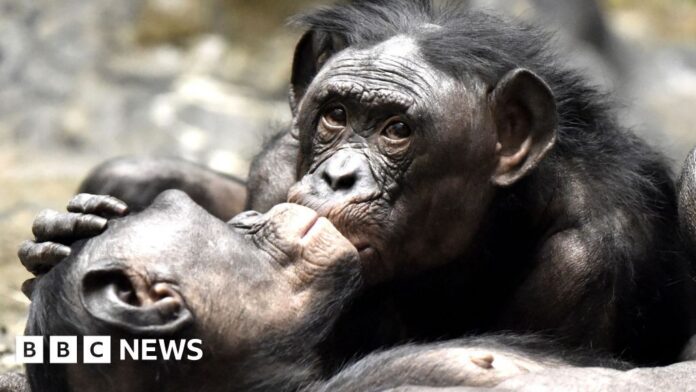Researchers have traced the origins of kissing back at least 21 million years, suggesting that this behavior predates modern humans and extends deep into our evolutionary past. The study, published in Evolution and Human Behaviour, reveals that kissing wasn’t simply invented by humans, but likely evolved from behaviors present in our distant ancestors and even other animal species.
The Science of a Smooch
To understand the origins of kissing, scientists had to define it objectively. The study defined a “kiss” as non-aggressive, directed oral-oral contact with lip or mouthpart movement and no food transfer. This precise definition allowed researchers to compare behaviors across species, identifying kissing-like interactions in a surprising range of animals, including wolves, prairie dogs, polar bears, and albatrosses.
The research suggests that kissing originated in the large apes around 21.5 million years ago, and was likely practiced by the common ancestor of humans and other great apes. This finding implies that kissing isn’t a uniquely human behavior, but rather a deeply ingrained evolutionary trait.
Evidence From Our Relatives
The study also extends this history to our closest extinct relatives: the Neanderthals. Evidence suggests that Neanderthals also kissed, based on shared oral microbes found in modern human and Neanderthal DNA. This suggests that saliva exchange occurred between the two species for hundreds of thousands of years, implying kissing was a common practice.
Why Do We Kiss?
While the study pinpointed when kissing evolved, the why remains open for debate. Researchers propose that kissing may have evolved from grooming behaviors in our ape ancestors, or as a way to assess the health and compatibility of potential partners. Further research is needed to understand the exact function of this behavior.
A Broader Understanding
Dr. Matilda Brindle, lead researcher from the University of Oxford, emphasizes the importance of studying kissing beyond its romantic connotations. Understanding that this behavior is shared with non-human relatives can provide valuable insights into our evolutionary history. The study challenges the notion that kissing is simply a cultural phenomenon, instead revealing it as a deeply rooted biological trait.
Kissing, it appears, is far more than just a human custom. It’s a 21-million-year-old legacy, connecting us to our ancestors and the broader animal kingdom







































